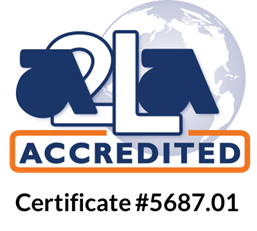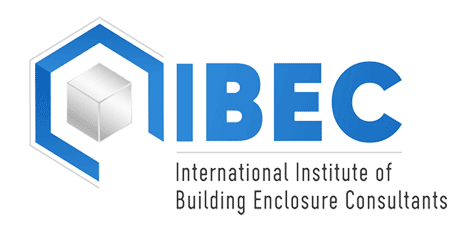Forensic Roof Testing & Storm Damage Consulting
Bringing Clarity, Accuracy & Confidence to Every Decision
Reliability Matters
Accurate Assessments, Trusted Expertise
When roofing system and building envelope storm damage arise, inaccurate assessments, delayed evaluations, and unreliable reports can lead to costly repairs, denied insurance claims, safety hazards, and legal disputes.
Without trusted forensic testing and expert consulting, you risk financial loss, liability exposure, and project delays that impact your business and stakeholders.


Forensic Services for Roofing & Building Envelope Systems
We offer a full range of services, from lab-based testing to on-site evaluations and consulting:
- Storm Damage Assessments
- Wind Uplift Testing
- Delamination & Desaturation
- Gravimetric Testing
- Infrared & Microscopic Analysis
- Viscosity Testing
- Quality Assurance & Consulting

How We Support You
Our commitment goes beyond results.
✔ Accurate, lab-based results
✔ Transparent, detailed reporting
✔ Fast turnaround times
✔ Certified experts with field experience
✔ Clear communication—every step of the way

“Leadership and learning are indispensable to each other.”
John F. Kennedy

 Back
Back







